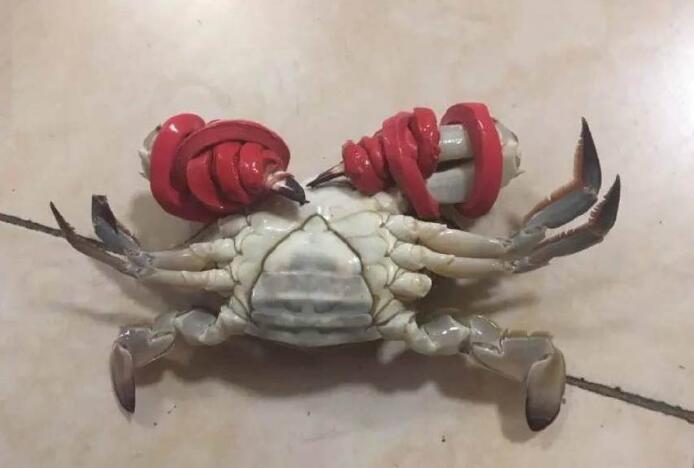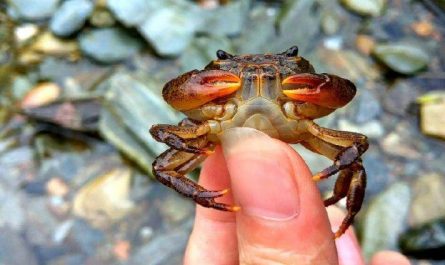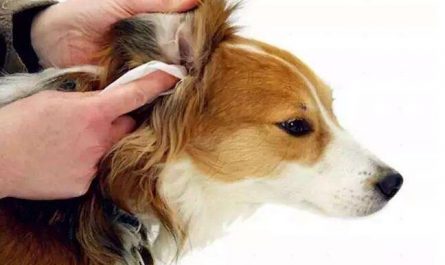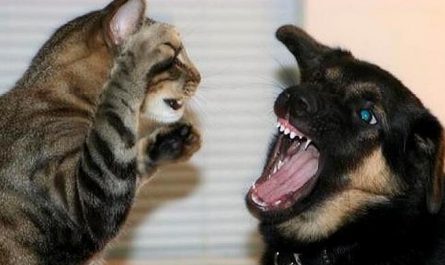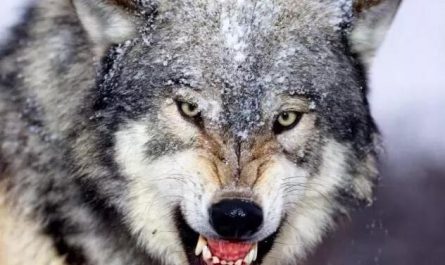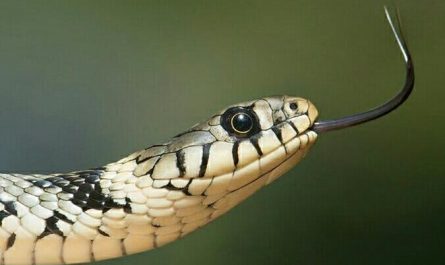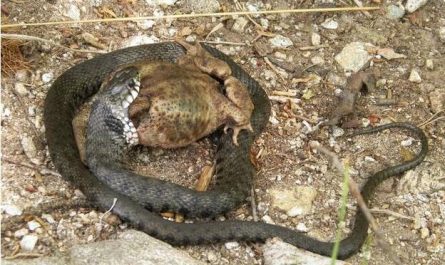The reason why the crab can regenerate after fracture
The first is that the crab’s body has a regenerative function. All ten limbs of a crab have a natural “broken line”. If one limb is bitten by an “enemy”, or injured, or caught in a crack in a stone, it will immediately contract a special muscle and break this limb. . The severed limb does not bleed because there is a special membrane inside the limb that completely seals the nerves and blood vessels. There is a special “door” on the body, which can close the broken part, and the blood cells immediately produce protein and start to grow new limbs.
When a crab is frightened, it will automatically abandon its caught feet and escape. However, there is a certain position where the self-breaking occurs. The breaking point is at a special structure that can prevent the wound from bleeding, that is, between the base section of the foot and the trochanter. When the gecko’s tail is held down by the enemy, it will twist violently, break the tail by itself, and escape. The mystery is that each of its tail vertebrae has a smooth “self-mutilating” joint surface, and the muscles, skin, and scales connected to it All are relatively loose. The wound at the docking site heals quickly and forms a tail bud base. After a period of cell division and proliferation, an unsightly regenerating tail grows. Similarly, the cephalopod mollusk octopus, when a tentacle is firmly bitten by a predator, it will also forcefully contract, causing the tentacles to break off, the blood vessels of the wound constrict violently, and close by itself. A few hours later, it can again Unobstructed, the wound will heal the next day and start to grow new tentacles.
The regenerative ability of annelid earthworms is very peculiar. It will give birth to new embryonic tissues where it is cut. It can quickly compensate for the lost parts. Cutting off the tail is faster than cutting off the head. The young ones regenerate faster than the old ones. The key is whether there are nerve cords in the limbs. If they are completely removed, there is no chance of regeneration. The coelenterate polyp is cut into several small segments, and each of its segments can grow into a small polyp. Even if the vertical lip of the polyp is cut from the mouth, it will grow into a double-headed strange polyp. Put a few pieces of the echinoderms starfish into the sea, and each piece can grow into a complete starfish.
It can be seen that the lower the animal species, the younger the age, the stronger the regeneration ability. In comparison, the lower animal limbs have much more nerves than the human body, so they will heal faster after injury. The severed limbs of geckos, crabs, and octopuses almost all occur in specific parts, which has become a self-protection instinct for animals to adapt to survival.
Life habits of crabs
Hunting
Crabs spend most of their time looking for food. They are generally not picky eaters. They can eat as long as the claws can get food. Small fish and shrimps are their favorite. However, some crabs eat seaweed, even dead animals and plants. Can eat.
competition
Crabs eat other animals, and other animals may also eat crabs. For example, humans treat crabs as a delicacy, water birds also eat crabs, and some fish like humans like to eat crab feet. When young and juvenile crabs swim in groups in the sea, they may be preyed by other marine life. Therefore, crabs lay a lot of eggs when they lay eggs to ensure the survival rate of crabs.
Breed
They rely on female crabs to give birth to small crabs. Each time the female crabs lay a lot of eggs, the number can reach millions of pieces. After these eggs hatch in the abdomen of the female crab, the larvae can escape from the mother’s body and float around along with the coastal current. After several times of shelling, they grow into big-eyed larvae. After several times of shelling, the big-eyed larvae grow into juvenile crabs. The appearance of juvenile crabs is almost the same as that of adult crabs. After several times of shelling, they become crabs. Most marine crabs are discharged into the ocean without hatching after their eggs mature.
How the crab moves
Geomagnetic field theory
Crabs rely on the geomagnetic field to determine the direction. In the long years since the formation of the earth, the north and south poles of the geomagnetic field have been reversed many times. The reversal of the earth’s magnetic poles makes many creatures at a loss what to do and even causes extinction. Crab is an ancient migratory animal. Its inner ear has directional small magnets and is very sensitive to geomagnetism. Due to the reversal of the geomagnetic field, the small magnets in the crabs lose their original orientation. In order to survive the reversal of the earth’s magnetic field, the crab adopts the approach of “responding to all changes with the same”, and simply does not advance or retreat, but walks sideways.
Biological perspective
The head and breast of a crab are indistinguishable from each other in appearance, so they are called cephalothorax. The full feet of this animal grow on both sides of the body. The first pair of chelated feet is not only a tool for digging holes, but also a weapon for defense and offense. The remaining four pairs are used for walking and are called walking feet. Each foot is composed of seven sections, and the joints can only move up and down. The width of the chest of most crab heads is greater than the length, so when crawling, only one foot can be bent, grab the ground with the toe, and the other foot stretches out. When the toe reaches the ground, it begins to shrink. The bent foot straightened out immediately, pushing the body to the opposite side. Because the lengths of these pairs of feet are different, the crab actually moves sideways and forwards. However, not all crabs can only rampage. For example, long-armed monk crabs living in groups on the beach can run forward. Many spider crabs living in the seaweed can also climb vertically on the seaweed.
It was found
Through experiments, it is found that the bone eyes (where the muscle bundle passes) in the crab body are connected to each limb. There are two upper and lower bone eyes (ie, two muscles) connected to each limb. Moreover, the bending direction of the joints at the base of the limbs is the dorso-ventral direction, so when the muscles contract, the limbs are moved in the dorsal-ventral direction, so the crab moves laterally.
